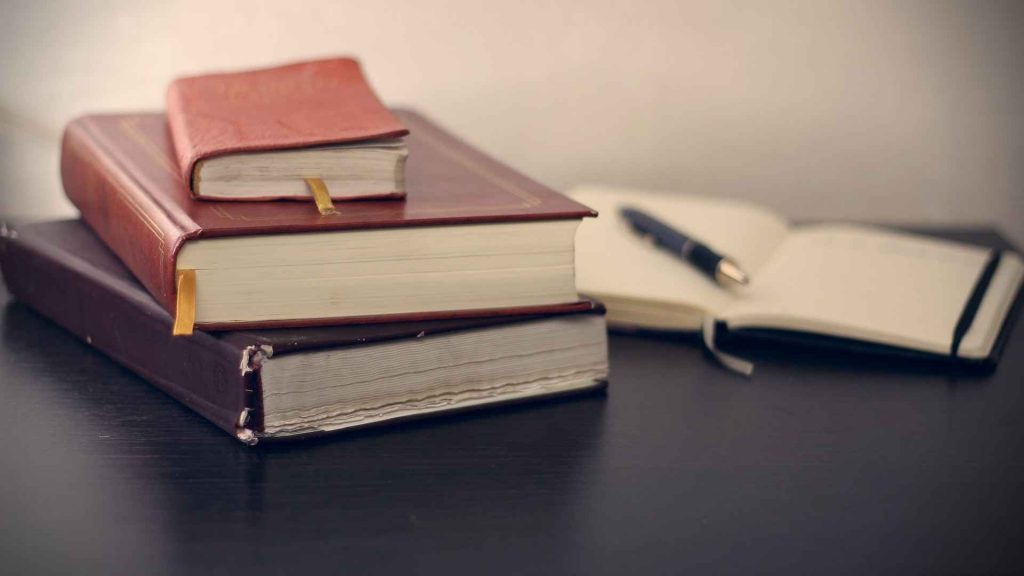Improving your transcription efforts is an essential task for many businesses as it can save a lot of time, money, and energy and help your employees be more focused and efficient.
In this article, we will explore 10 ideas that can help you improve your transcription services.
Contents
- 1. Use Quality Equipment
- 2. Use a Transcription Service
- 3. Make Sure to Transcribe in Real-time
- 4. Clean Up Your Recordings
- 5. Get Organized
- 6. Use a Consistent Format for Your Transcriptions
- 7. Proofread Your Transcriptions
- 8. Going Manual? Learn How to Type Fast
- 9. Improved Posture and Working Environment
- 10. Take Breaks
- Final Thoughts
1. Use Quality Equipment
To achieve quality results, you need to start with quality equipment. For example, investing in a good-quality microphone can make a big difference in the clarity of your recordings. Same for a quality audio interface and a good lighting setup if you’re recording video.
2. Use a Transcription Service
You can always outsource the task to a transcription service if you lack the time or resources to transcribe your files. Many great companies can provide quality at an affordable price. Do your research and find an audio transcription service with good reviews and a track record.
3. Make Sure to Transcribe in Real-time
One of the best ways to ensure accuracy is to transcribe your recordings in real-time. This is the way to catch any mistakes and ensure that everything is captured accurately. Moreover, you can also use this opportunity to add timestamps to your transcriptions, which can be very helpful later on.
4. Clean Up Your Recordings
If you have poor-quality recordings, it cannot be easy to transcribe them accurately. Before you start the transcription process, clean up your recordings as much as possible. This includes removing any background noise, adjusting the volume, and improving the clarity of the recording.

5. Get Organized
This may seem an obvious suggestion, but it’s essential to be as organized as possible when transcribing. Develop a system for labeling and storing your recordings so you can easily access them when necessary.
6. Use a Consistent Format for Your Transcriptions
This will help you keep track of your transcriptions and ensure they are consistent. When transcribing, be sure to use the same format for each recording. After all, transcribing an audio file isn’t hard. Just make sure you’re consistent!
7. Proofread Your Transcriptions
Once you’ve completed the transcription process, it’s essential to proofread your work. It minimizes the error and ensures that your transcriptions are accurate. If you want your proofreading to be fast and effective, you can use a tool like Grammarly to help you catch any errors in your writing.
8. Going Manual? Learn How to Type Fast
When your typing skills are rusty, transcription isn’t something you can do. If you type slowly, you’ll spend several hours on a task you could have completed in one hour or less. To ensure you get done on time and have enough time to review your work, it is essential to practice typing fast. Additionally, it’s necessary only to type as fast as you can type accurately. You are significantly slowed down by having to go back and correct your mistakes.
9. Improved Posture and Working Environment
Many writers are obsessed with their craft to the detriment of their health. Our physical and mental health are affected by any creative pursuit. When writing a block of text, writers often fail to consider basic things like posture, seating, and setting up a professional work area.
While transcribing, you are freed mainly from the fatigue of composition, and the task pushes you beyond what you would likely endure physically during creative endeavors. The minute details become overwhelming, leading to exhaustion. In addition, the physical demands of typing throughout a standard workday are made more difficult by poor posture during long transcribing sessions.
10. Take Breaks
Although you can push through and complete a problematic transcription in one sitting, it is not recommended. You might make more mistakes when you are tired, and you will likely be less motivated to review your work with a critical eye. It is much better to take breaks, especially if you are struggling with the material. Get up, walk around, and come back fresh. You will be able to transcribe more accurately and have a better attitude while working.
Final Thoughts
As you see, many ways to make the transcription process more accessible and accurate. By following these tips, you can ensure that your transcriptions are of the highest quality. Most important, don’t forget to take breaks!



